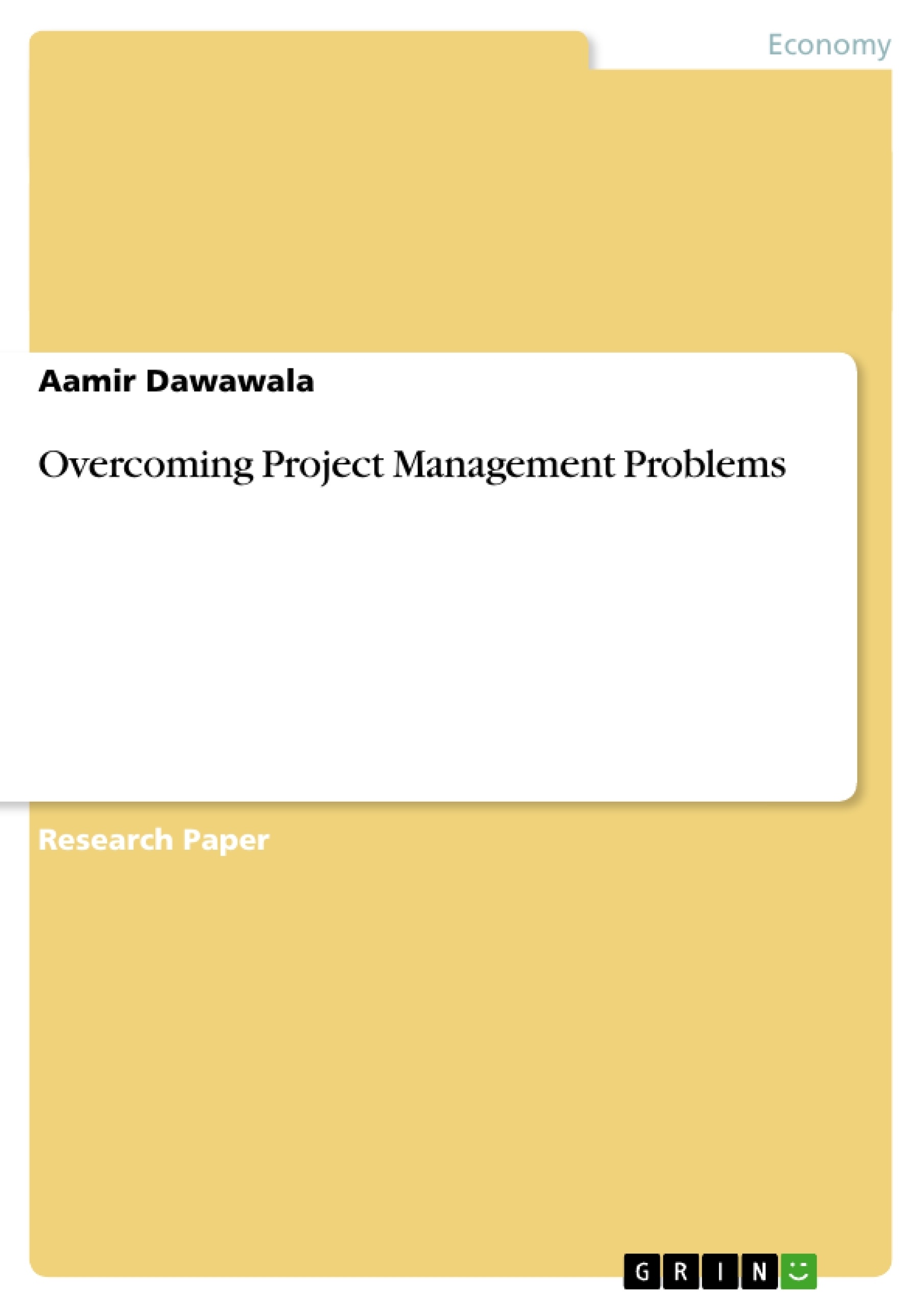Project Management in software development has become extremely complex due to the rapid business changes and technology updates. Triggered by multiple project failures, this report describes adjustment for the existing project management processes followed by FTME to overcome contemporary challenges. FTME is an IT vendor based in Dubai providing IT solutions to multiple customers in the region. The problem identified is the predefined uncalculated constraints ; customers impose on vendors as the condition for the project to be awarded.
The research drills down in ‘Agile’ standard process and PMI methodology to recommend appropriate changes in the existing internal processes that will assist in overcoming the constraints. It has analysis of multiple IT vendor experts on the same subject and interview feedback as qualitative analysis to further support the findings.
The recommendations include redefining project success criteria to properly asses project failure attributes, appropriate project selection and existing process enhancement using ‘Agile’ process as a base .
Inhaltsverzeichnis (Table of Contents)
- Chapter 1. Introduction
- Overcoming Project Management Problems
- Background of the study
- The Problem
- Aims and Objective
- Research Scope
- Significance of the Study
- Limitation of the Study
- Chapter 2. Literature Review
- Synopsis
- Detailed Research
- LR Conclusion
- Way Forward
- Chapter 3. Research Design and Methodology
- An Overview
- Research Design
- Type of Research
- Sampling
- Chapter 4. Data Analysis
- Overview
- Quantitative Analysis
- Qualitative Analysis
- Summary of Findings
Zielsetzung und Themenschwerpunkte (Objectives and Key Themes)
This report aims to examine the challenges faced by FTME, an IT vendor based in Dubai, in overcoming project management problems within the context of software development. The report investigates the impact of predefined constraints imposed by customers on vendors and explores potential solutions for overcoming these constraints. The research delves into the 'Agile' standard process and PMI methodology to identify appropriate changes for FTME's internal project management processes.- Overcoming project management problems in software development.
- The impact of predefined constraints imposed by customers on IT vendors.
- Applying 'Agile' process and PMI methodology to enhance project management processes.
- Identifying effective strategies for project selection and success criteria.
- Analyzing qualitative and quantitative data to support findings and recommendations.
Zusammenfassung der Kapitel (Chapter Summaries)
- Chapter 1 provides an introduction to the research, outlining the background of the study, the problem being investigated, the aims and objectives of the research, the scope of the research, the significance of the study, and its limitations.
- Chapter 2 presents a comprehensive literature review. It delves into the research topic, exploring various relevant theories, concepts, and studies. The chapter concludes by outlining the key findings from the literature and suggesting a way forward for the research.
- Chapter 3 describes the research design and methodology employed in the study. This chapter provides an overview of the research design, the type of research conducted, and the sampling techniques utilized.
- Chapter 4 presents the data analysis and findings of the research. It includes an overview of the data analysis process, the quantitative and qualitative data analysis methods, and a summary of the key findings.
Schlüsselwörter (Keywords)
This research examines the challenges of project management in the software development industry, specifically focusing on the impact of customer-imposed constraints on IT vendors. It investigates the application of 'Agile' process and PMI methodology to address these constraints. The research utilizes both quantitative and qualitative data analysis to support its findings. Key topics explored include project management problems, customer constraints, Agile process, PMI methodology, project selection, success criteria, and IT vendor challenges.- Quote paper
- Aamir Dawawala (Author), 2009, Overcoming Project Management Problems, Munich, GRIN Verlag, https://www.grin.com/document/134612



